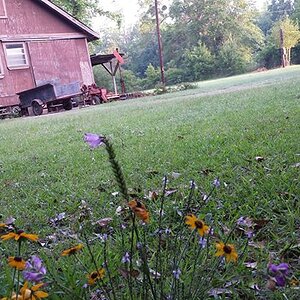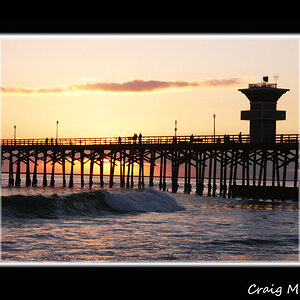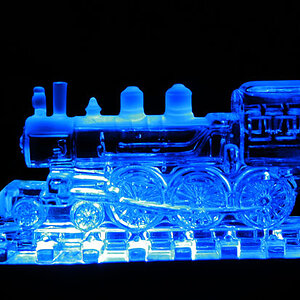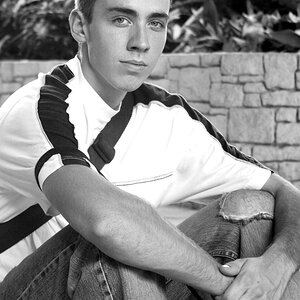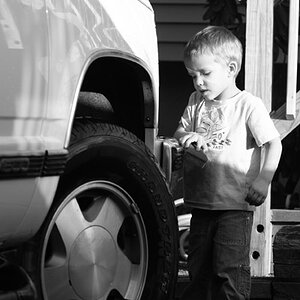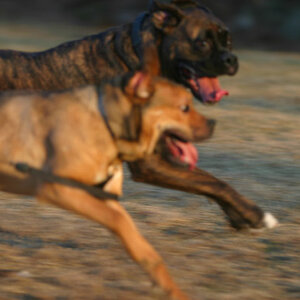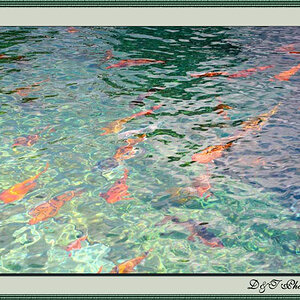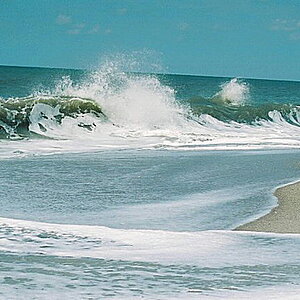timor
Been spending a lot of time on here!
- Joined
- Feb 28, 2011
- Messages
- 5,905
- Reaction score
- 890
- Location
- Toronto ON
- Can others edit my Photos
- Photos NOT OK to edit
Never seen work of Dennis Maitland until now. Very interesting. However I don't know if you can use his style for your assignment, he very often creates compositions and it looks, like he is using complex light set-ups and actors. For now I don't understand his conjunction of depletion and characters from "Alice in Wonderland". In short, I think you should not worry so much about composition, but more about the message. If it is 5 pics, then there is a story to tell and that must be clear. I would start with pic of the street sign, first seems to be good, then three interior pics and the last should be some sort of a conclusion, like in any reportage.


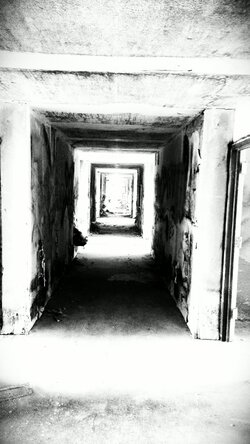
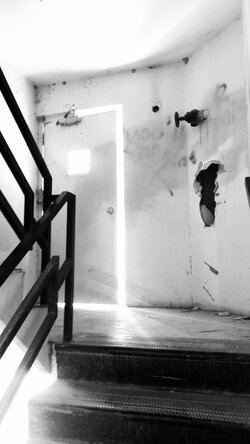
![[No title]](/data/xfmg/thumbnail/39/39446-903cfeac143cee6330a51546ecfdda92.jpg?1619739035)
